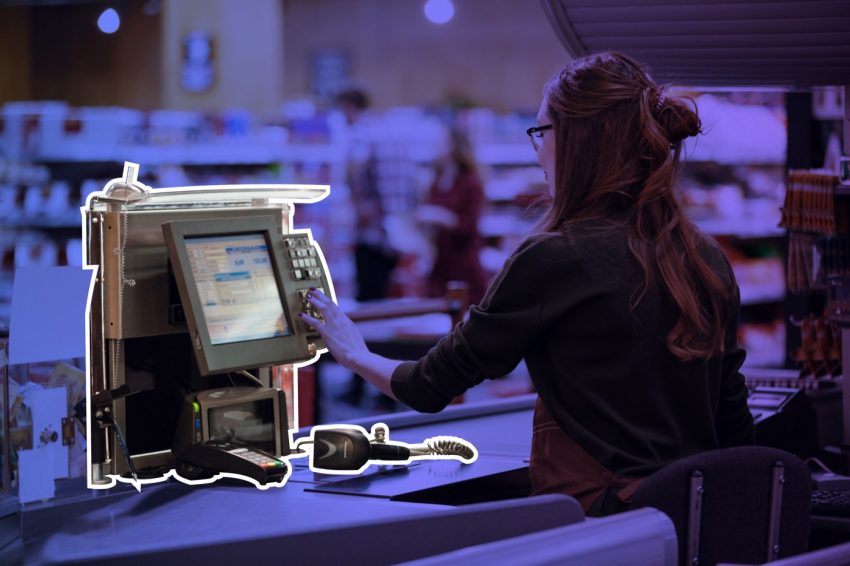POS Software, The Framing Of
POS software differs from web systems and mobile apps to a considerable degree, which implies that designing them requires being mindful of specific fundamental rules. In this article, we take a look at the factors that affect the frame and design of point of sale system interface.
Yes, POS form a niche area of software but even still the variety they include is incredible. They started from systems that were made in garages of inventors and now have morphed into software manufactured by multinationals. Today, POS systems have changed from cashier and register installations to web-based applications and mobile apps. As a result, the user interface and framing of POS have evolved.
The first aspect that controls the POS design is the operator. Most point of sale software is meant for professional settings where a trained person operates them. The actuality is quite different. For instance, retail stores have a high attrition rate, which means new staff every few weeks or months. Ergo, the person using the POS is not actually trained but has only rudimentary knowledge of it. It signifies that the system should be usable without mastery in how to operate it.

More Design Requirements Of Point Of Sale Systems
- With customers refusing to wait too long in cash queue, it has become necessary to have mobile point of sales, and therefore, POS that works on tablets and smartphones are essential. Consequently, one element to consider while designing point of sale software is gestural design patterns.
- Every cashier is in a high-pressure setting. They are under the burden to quickly finish up the present transaction and move on to the next. Queue formation is the bane of cashier life because they lead to dissatisfied customers. It makes efficiency a crucial factor to think of while framing POS systems to ensure that no anxiety is built up in the user while ringing up a customer.
- Fast processing is vital to a point of sale system, but accuracy is imperative. Each transaction and operation the cashier makes through the POS is fed into complicated backend routines such as accounts. A single mistake made at the POS can lead to a massive loss for the business. Thus, the next factor to consider while designing POS is mistakes and how to avoid them. Furthermore, if a minor error is made, then correcting at the POS should not take a significant effort.

These were just some of the parameters that have to be factored in, while designing and framing a POS software. They make it apparent that creating a POS is very, very different from building a traditional consumer app. It is why designers should always use the fundamental principles of creating POS systems as their guideline. Adhering to them will ensure that the product they deliver is as close to business requirements as possible.
The Design Patterns Used By POS Software
When designing point of sale software, a designer should keep the following in mind:
- Be crystal clear for whom the system is being made.
- Study the patterns of the cashier to make the user interface more intuitive.
- The layout of the specific retail store and the position of the cash desk also helps.
- The kinds of products and items the customer is purchasing
- The movement of the customers and the shift system.
- The system is most likely to be utilised for hours and hours in a day.
Check Out – some of the design principles followed in POS System,.The last aspect of designing a point of sale software is testing. No matter how ingenious a design is created in the lab, the actual value of it becomes visible only after a real-life user has worked upon it. It makes testing the POS crucial. Since testing the system requires installing it entirely and then using it while a customer waits, it may not be practically feasible to do so. Therefore, unique methods of testing should be deployed.

